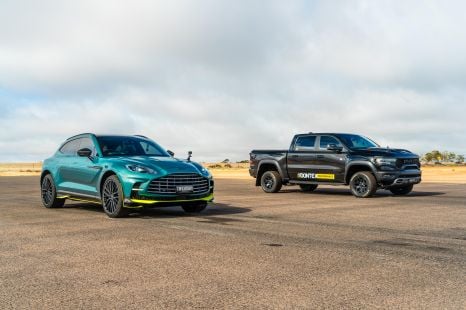

Paul Maric
1200hp RAM TRX vs Aston Martin DBX707 drag race
5 Days Ago
Like Ford, GM is pumping even more money into EVs out to 2025, but has also signalled a commitment to hydrogen fuel-cells and world-leading driverless cars

Senior Contributor


Senior Contributor
General Motors says it will pump $35 billion (A$46.3b) into electric and autonomous vehicle development out to 2025 – a 75 per cent increase on its pre-pandemic commitment.
GM had previously committed to $20b ($A26.5b) to its electric (EV) and autonomous (AV) programs including capital outlays and engineering, before bumping this to $27b ($A35.7b) in November 2020.
The company claims to have increased its investment roadmap on the back of a “strong underlying business” including three consecutive “record” EBIT-adjusted performances.
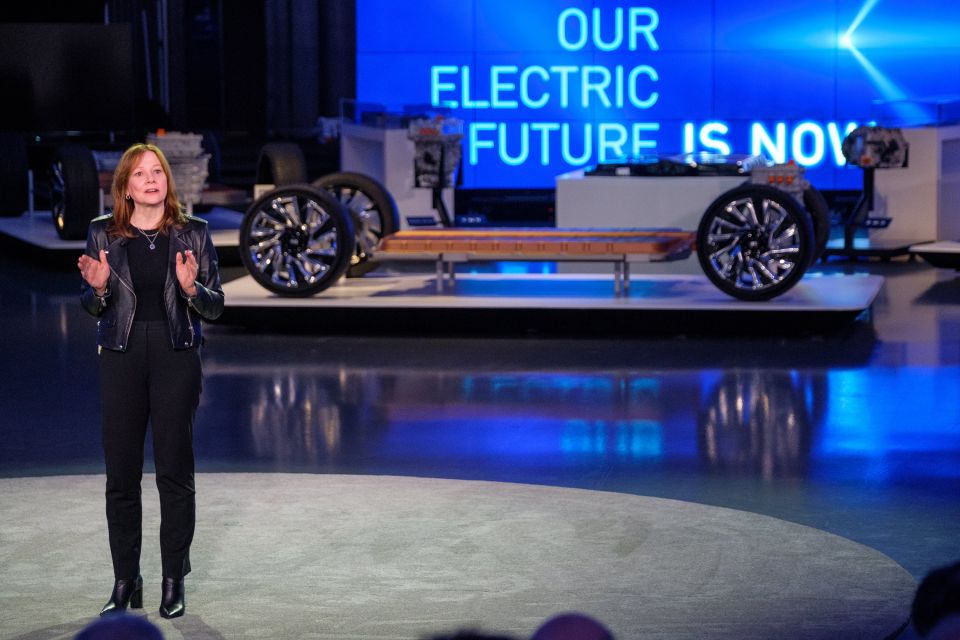
It credits improved near-term production, strong demand, and “better-than-expected results at GM Financial” for the increase. It expects its first-half EBIT-adjusted result will be between $8.5b and $9.5b, followed by “strong” second-half numbers.
General Motors (GM) says its overarching strategy is now to become the market leader in EVs in North America, global leader in battery and fuel-cell technology, and first to safely commercialise self-driving car technology at scale. We’re sure Elon Musk is watching…
The company cited new EV products such as the GMC Hummer, Cadillac Lyriq, and Chevrolet Silverado electric pickup.




While battery EVs are the focus, GM confirmed plans to launch its third-generation ‘Hydrotec’ hydrogen fuel cells with greater power density and lower costs by mid-decade. They’re made in a joint-venture with Honda.
“We are investing aggressively in a comprehensive and highly-integrated plan to make sure that GM leads in all aspects of the transformation to a more sustainable future,” said GM chair and CEO Mary Barra.
“GM is targeting annual global EV sales of more than 1 million by 2025, and we are increasing our investment to scale faster because we see momentum building in the United States for electrification, along with customer demand for our product portfolio.”
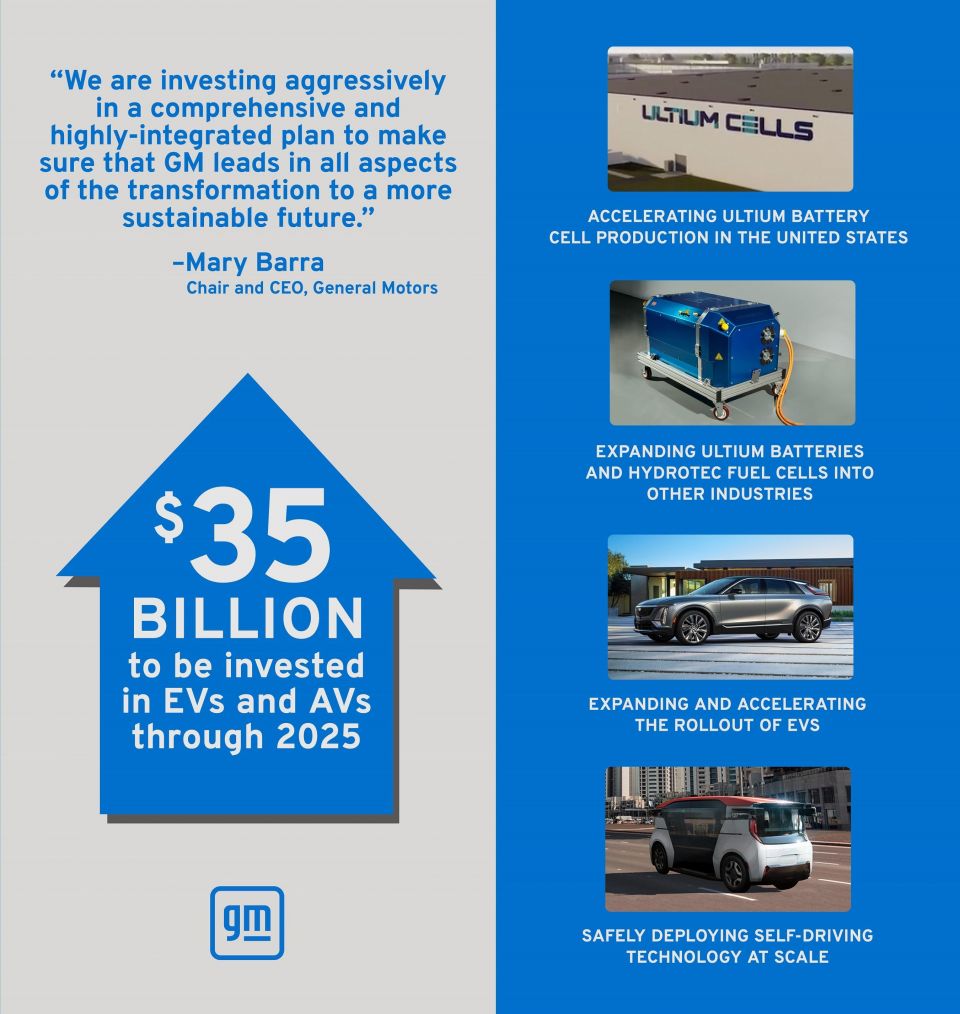
Current GM projects include
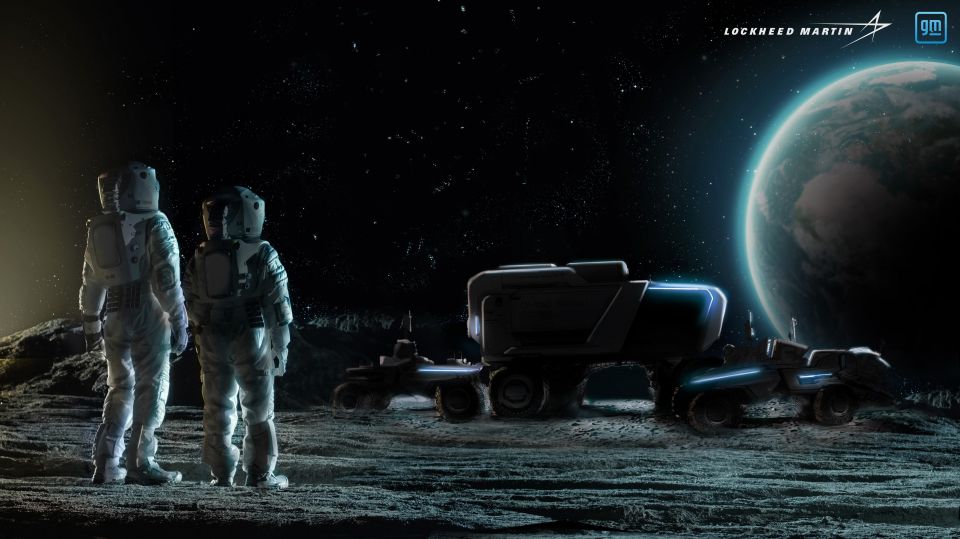
GM’s major, shareholder-focused future planning has echoes of fellow US giant Ford, which recently announced it would increase its spending on electric vehicle technology to over $30 billion ($A39.7b) by 2025 to capitalise on momentum from the Mustang Mach-E and F-150 Lightning.
That marked a dramatic increase in research and development, because just last year the firm had only earmarked $11.5b ($A15.2b) for EV investments. This was increased to $22 billion ($A29.1b) at the beginning of 2021.
The US’s Biden Administration has committed to replacing the entire US Federal fleet with American-made electric vehicles.
The move will see around 640,000 internal-combustion cars, trucks, and SUVs replaced with battery electric vehicles. It’s not yet clear how long the fleet overhaul will take, but Reuters estimates it could cost US$20 billion.


Paul Maric
5 Days Ago
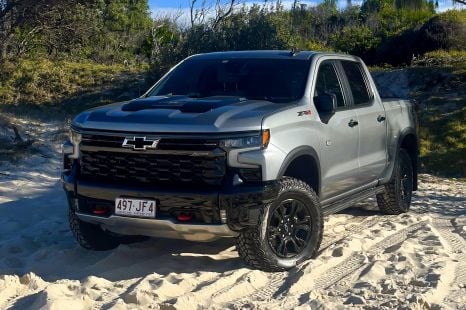

William Stopford
5 Days Ago
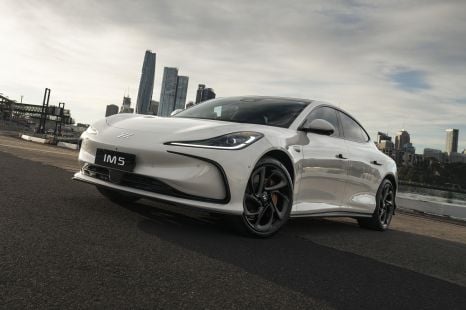

William Stopford
4 Days Ago


James Wong
3 Days Ago


Matt Campbell
2 Days Ago
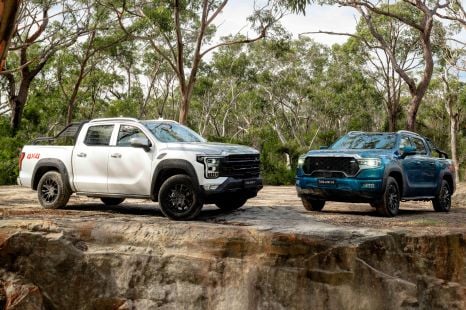

William Stopford
12 Hours Ago